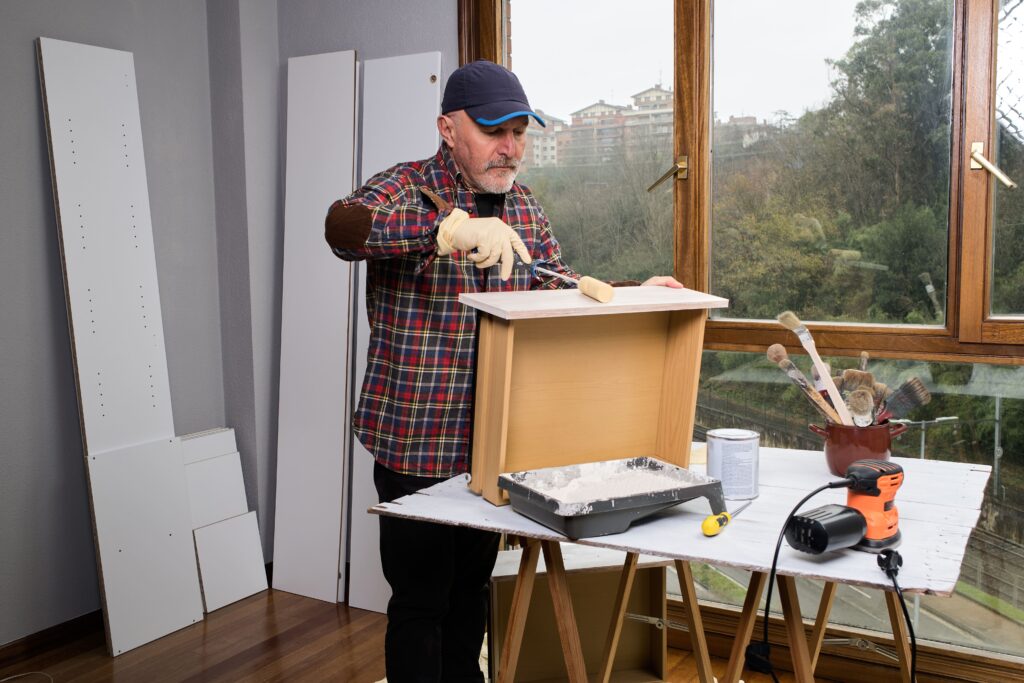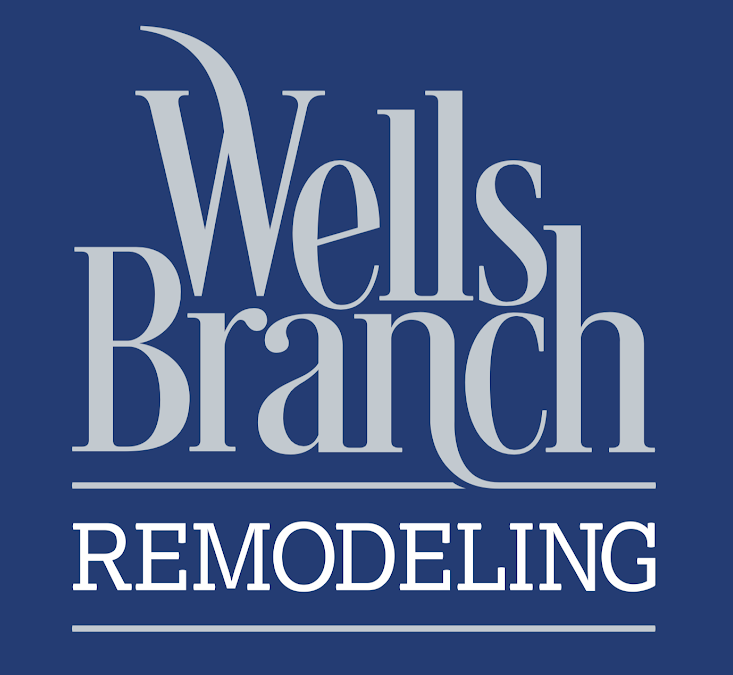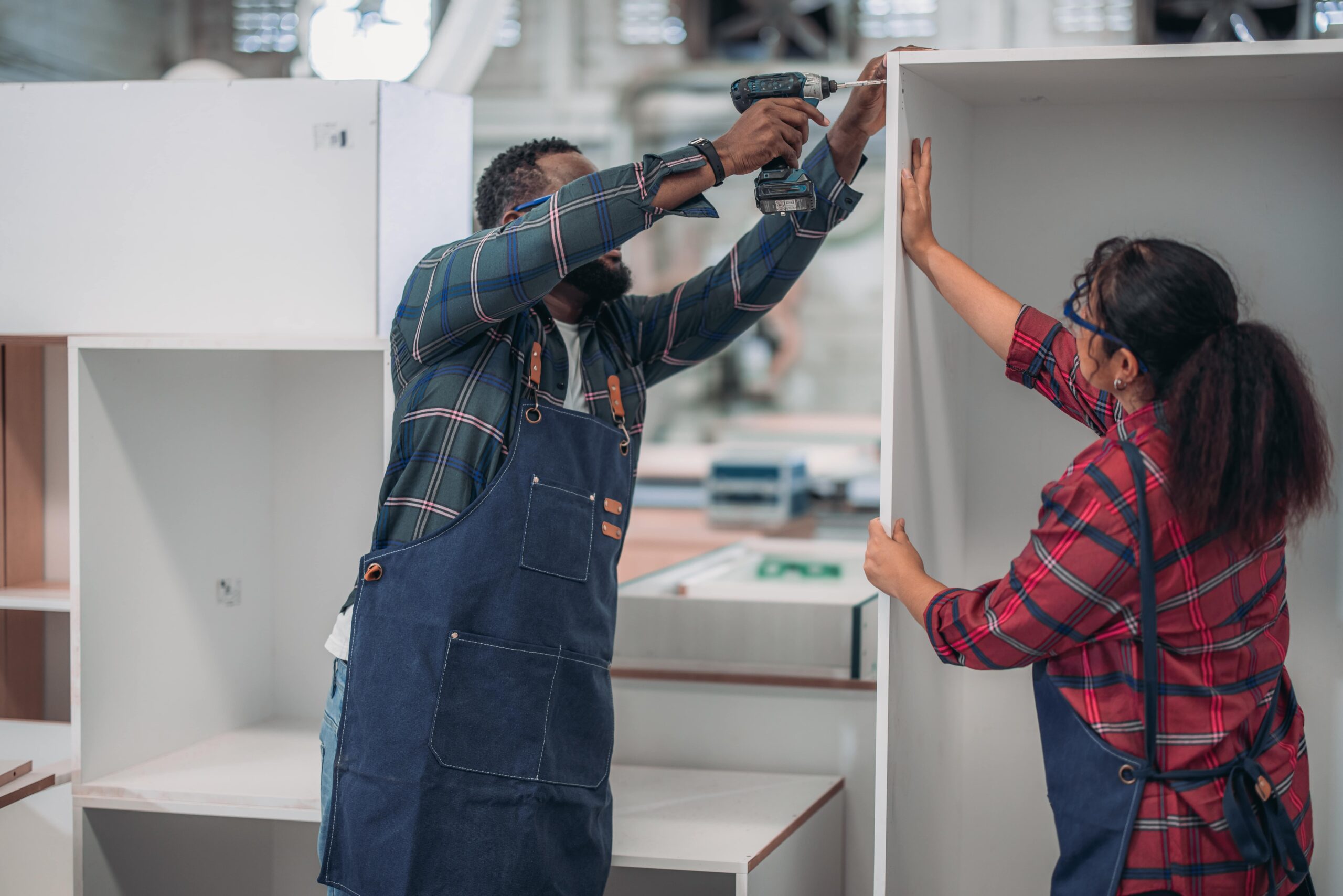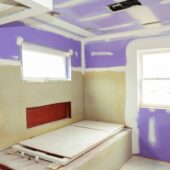Deciding whether to DIY or hire a professional for home repairs is a common dilemma for homeowners. Whether fixing kitchen cabinets or undertaking more complicated tasks like cabinet refacing, knowing when to bring in an expert can save time, money, and frustration, ensuring your repairs are completed efficiently and effectively. In this blog, let’s discuss the pros and cons of hiring home repairs vs. DIY to help you decide which suits your current needs and situation best.
Evaluating Home Repair Needs: DIY or Professional?
Maintaining and improving your home is one of the biggest decisions homeowners face, whether to tackle a project themselves or hire a professional. Choosing between do-it-yourself projects and professional assistance, even for simple fixes like kitchen cabinet repair and more involved jobs like cabinet refacing, can be difficult. Below are the basic steps to evaluate your home repair needs and determine the best approach for your projects.
Understanding the Scope of the Project
The first step in deciding whether to go DIY or hire a professional is understanding the project’s scope. Simple tasks like tightening loose hinges on cabinets or repainting kitchen cabinets might be manageable for most homeowners. These types of repairs often require basic tools and skills, making them suitable for a DIY approach. On the other hand, more complex projects like cabinet refacing require a higher level of expertise. Refacing involves replacing cabinet doors, drawer fronts, and possibly the cabinet veneers, which can be a time-consuming and intricate process. If not done correctly, it can lead to uneven finishes or improper alignment, which can detract from your kitchen’s overall look and functionality. Hiring a professional ensures the job is done correctly, saving you time and avoiding costly mistakes.
Assessing Your Skill Level and Experience
Another important factor to consider is your skill level and home repair experience. If you have experience working with kitchen cabinets or similar projects, you might feel confident taking a DIY approach. However, hire a professional if you’re unsure about your abilities or lack the necessary tools. For example, cabinet refacing requires precision and attention to detail. It involves removing and replacing cabinet fronts and ensuring that all surfaces are properly prepared and finished. If you’re not comfortable with these tasks or have never attempted them before, it could lead to subpar results that diminish the value of your kitchen.
Considering the Time Commitment
Time is another crucial factor in deciding between DIY and professional help. Home repairs can be time-consuming, especially those involving cabinets and kitchen cabinets. A simple repair takes only a few hours, but a full cabinet refacing project can take several days or weeks to complete, depending on your availability and pace. If you have a busy schedule or multiple responsibilities, it might be more practical to hire a professional who can complete the job efficiently. Professionals have the experience and resources to finish the project in a fraction of the time it might take you to do it yourself, allowing you to enjoy your newly updated kitchen sooner.
Budget Considerations
Budget is always a consideration when deciding between DIY and hiring a professional. While DIY projects can save you money on labor costs, they can also lead to unexpected expenses if mistakes are made. For instance, a botched cabinet refacing job could result in purchasing additional materials or even hiring a professional to fix the issues, ultimately costing more than if you had hired a professional from the start. On the other hand, hiring a professional might involve higher upfront costs, but it also provides peace of mind, knowing that the job will be done correctly and efficiently. Additionally, many professionals offer warranties or guarantees on their work, which can protect your investment in the long run.
Making the Right Choice for Your Home
When evaluating your home repair needs, it’s essential to consider the project’s scope, skill level, time availability, and budget. Simple repairs like fixing kitchen cabinets might be suitable for a DIY approach, while more complex tasks like cabinet refacing are often best left to the professionals. By carefully weighing these factors, you can make an informed decision that ensures your home repairs are completed to a high standard, enhancing your space’s functionality and aesthetic appeal. Whether you go DIY or hire a professional, the key is approaching your home repairs with a clear plan and realistic expectations.
Five Common Home Repairs Best Left to Professionals
Home repairs can be both rewarding and challenging, but not all tasks are suitable for a DIY approach. While fixing a loose doorknob or patching a small hole in the wall might be manageable, other projects—like working on cabinets or cabinet refacing—often require professional expertise. Attempting these more complex home repairs alone can lead to costly mistakes, wasted time, and unsatisfactory results. Below are the five common home repairs that are best left to professionals, ensuring that your home remains in top condition.
1. Cabinet Refacing
Cabinet refacing is a popular way to give your kitchen a fresh look without the expense of a complete remodel. However, it involves much more than just replacing cabinet doors. The process requires precise measurements, proper alignment, and attention to detail to ensure the new veneer and hardware fit perfectly. A professional has the tools and experience to complete the job efficiently, resulting in a polished, high-quality finish that enhances your kitchen’s overall appearance.
2. Electrical Repairs
Electrical work is one of the most dangerous tasks to undertake on your own. Even minor electrical repairs can lead to serious injuries or fires if not done correctly. Professionals are trained to handle electrical systems safely and can identify potential hazards that an untrained eye might miss. Whether installing new outlets, fixing wiring issues, or upgrading your electrical panel, it’s always best to leave electrical home repairs to the experts.
3. Plumbing Issues
While unclogging a sink or fixing a leaky faucet might seem straightforward, more significant plumbing issues require professional intervention. Problems like burst pipes, sewer line backups, or water heater malfunctions can cause extensive damage to your home if not appropriately addressed. An experienced plumber has the knowledge and tools to diagnose and repair these issues efficiently, preventing further damage and costly repairs down the line.
4. Roof Repairs
Your roof is one of the most critical components of your home, protecting it from the elements. Climbing up on your roof to fix loose shingles or repair leaks can be dangerous, especially without the proper safety equipment and experience. Additionally, improper maintenance can lead to more severe issues, such as water damage or structural problems. Hiring a professional roofer ensures that your roof is repaired correctly and safely, extending its lifespan and protecting your home.
5. Structural Repairs
Any repairs involving the structural integrity of your home should always be left to professionals. Whether fixing a sagging floor, repairing foundation cracks, or reinforcing load-bearing walls, these tasks require a deep understanding of building codes and engineering principles. Attempting to do structural home repairs yourself can result in significant safety risks and potential damage to your property.
Knowing When to Call in the Experts
While DIY projects can be a great way to save money and learn new skills, certain home repairs are best left to professionals. Tasks like cabinet refacing, electrical work, plumbing, roof repairs, and structural fixes require expertise and precision that most homeowners may not possess. By recognizing when it’s time to call in the experts, you can avoid costly mistakes, ensure the job is done right, and protect the value and safety of your home.

DIY Home Repairs: Potential Risks
Taking on DIY home repairs can be an exciting and cost-effective way to improve your home. However, not all repairs are as straightforward as they seem. While some projects can be successfully completed with essential tools and a little know-how, others carry significant risks if not done correctly. Understanding these risks can help you make informed decisions about when to tackle a repair yourself and when to call in a professional.
Electrical Hazards
One of the most significant risks associated with DIY home repairs involves electrical work. Even seemingly simple tasks like replacing a light fixture or installing a new outlet can be dangerous if you don’t have proper training. Incorrect wiring can lead to electrical shocks, fires, and even fatalities. These potential consequences underscore the gravity of the situation. Furthermore, improperly completed electrical repairs may not meet local building codes, potentially causing issues if you try to sell your home in the future. It’s always best to leave electrical work to licensed professionals who understand the complexities of your home’s electrical system.
Structural Damage
DIY projects that involve your home’s structure, like removing walls, fixing foundation cracks, or altering load-bearing beams, carry substantial risks. Without proper knowledge and experience, you could inadvertently compromise the integrity of your home, leading to unsafe conditions and costly repairs. Structural repairs require a thorough understanding of building codes and engineering principles, making them a job best left to experienced contractors.
Asbestos Exposure
Older homes, particularly those built before the 1980s, may contain asbestos in insulation, floor tiles, and roofing shingles. Disturbing these materials during DIY repairs can release harmful asbestos fibers into the air, posing serious health risks, including lung cancer and mesothelioma. If you suspect that your home may contain asbestos, it’s crucial to have the materials tested and, if necessary, removed by a certified asbestos abatement professional.
Falls and Injuries
Many DIY home repairs involve working at heights or using power tools, which carry the risk of falls and injuries. Climbing ladders to clean gutters, fix roofs, or install light fixtures can be dangerous without proper safety equipment and experience. Similarly, using power tools without the necessary skills can result in severe injuries. To avoid these risks, always prioritize safety by wearing protective gear, using appropriate tools, and recognizing when a task is beyond your capabilities.
Code Violations
Many home repairs must comply with local building codes, which are in place to ensure safety and structural integrity. DIY projects that don’t meet these codes can result in fines, failed inspections, and difficulties when selling your home. Electrical, plumbing, and structural work are especially prone to code violations when done by inexperienced homeowners. Hiring licensed professionals ensures your repairs are up to code and your home remains safe and marketable.
Weighing the Risks Before You DIY
While DIY home repairs can be rewarding, they come with significant risks that can impact your safety, your home’s integrity, and your finances. Electrical work, plumbing repairs, structural modifications, and projects involving hazardous materials like asbestos should be approached cautiously—or better yet, left to professionals. By understanding these potential risks and knowing when to seek expert help, you can protect yourself and your home from the dangers of DIY mishaps. Before you start your next project, weigh the risks carefully and make the choice that best ensures your home’s safety and longevity.
Finding a Reliable Professional for Home Repairs
Finding a reliable professional for home repairs is crucial to ensuring that every aspect of your home, from kitchen cabinets to cabinet refacing, is handled with the highest level of expertise and care. Wells Branch Remodeling offers the experience and quality craftsmanship needed to transform your space, whether updating your cabinets or tackling more complex repairs. Our dedicated team is committed to delivering results that not only meet but exceed your expectations, enhancing the beauty and functionality of your home.
For more tips, visit Trust Wells Branch Remodeling’s blog.




